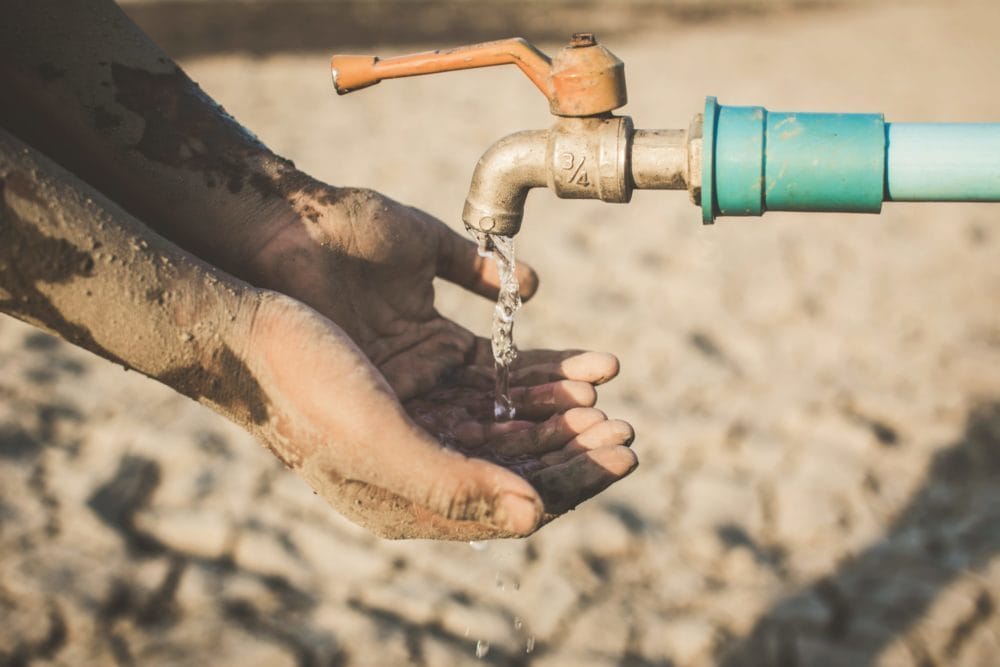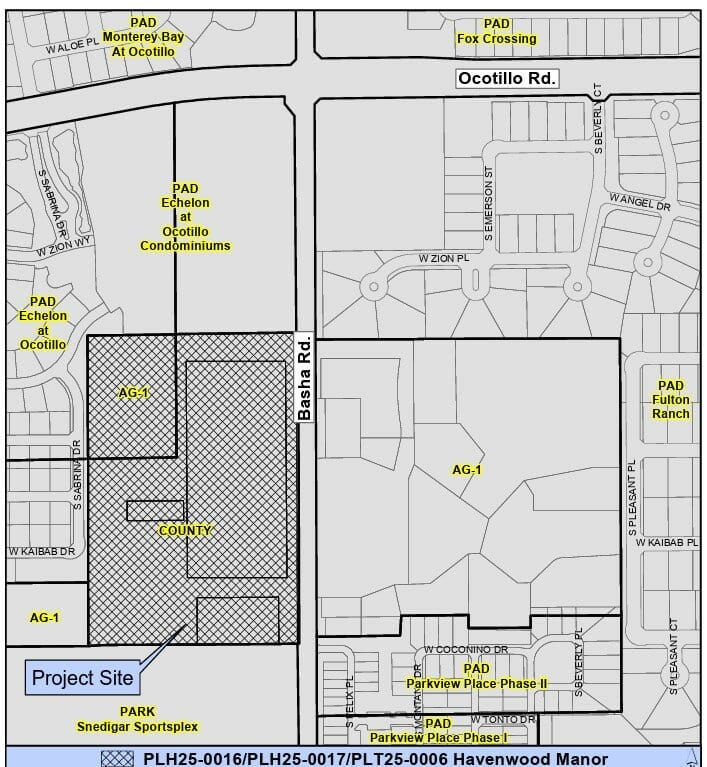By Nathan Brown | Arizona Capitol Times
Add a water shortage with serious implications for Pinal County farmers to the challenges lawmakers will have to deal with when the Legislature comes back in 2022.
“When you cut back on water you’re going to cut on production, you’re going to cut back on the economy,” said Rep. David Cook, R-Globe, a rancher whose rural district includes much of Pinal County.
Related: We hit the mark for additional cuts to prop up Lake Mead. How will that play out?“
A cut in water is a cut in quality of life,” he added.
On Monday the U.S. Bureau of Reclamation announced that, due to low water levels in Lake Mead, Arizona, Mexico and Nevada will all have to reduce their water consumption in 2022. The cuts will be most deeply felt in Arizona, which entered into an agreement in 1968 for junior rights to Colorado River water in exchange for federal funding to build a 336-mile canal to send the water through the desert to major cities.
While it shouldn’t affect cities’ water supplies, out of all the Colorado River’s users, farmers in Pinal County, Arizona’s top producer of cotton, barley and livestock, are expected to be most affected. The Arizona Farm Bureau said the cuts will “have a devastating impact on each farming family in (Pinal) county, and the surrounding communities will feel the ripple effects for years to come,” and that irrigation districts in central Arizona are working to improve and expand well infrastructure so groundwater can replace some of the lost water.
In a statement, the group noted the irony that farmers, who are “instrumental in bringing this water to the people of Arizona” by growing food and fiber, are the first to feel the effects of water cuts.








